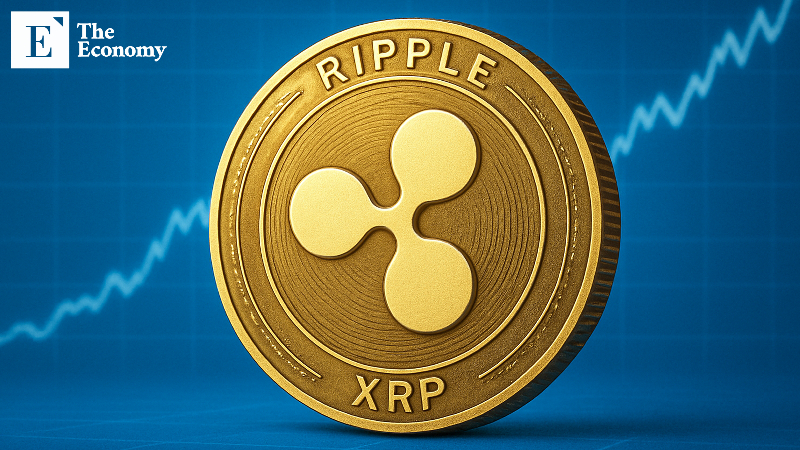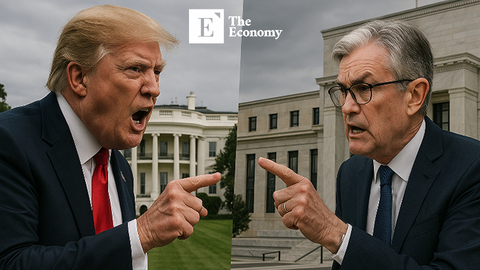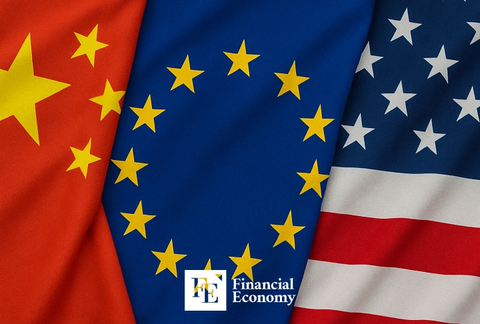Input
Changed
Forecasts for stablecoin market growth remain sharply divided. J.P. Morgan warns the “Genius Act” may expose vulnerabilities in Tether's dominance. Building market trust remains an urgent challenge.

J.P. Morgan, the world’s largest bank by assets, has expressed skepticism over projections of explosive short-term growth in the stablecoin market. The firm warned that fundamental limitations in infrastructure and public perception could delay stablecoins’ integration into mainstream financial systems for the foreseeable future.
J.P. Morgan Pushes Back on Stablecoin Optimism
On July 23 (local time), Bloomberg reported that J.P. Morgan had warned market expectations for stablecoins were “overly optimistic.” In a research note, the bank’s strategists acknowledged growing political and institutional interest in the sector but argued that the infrastructure required for explosive growth remains insufficient. “While growth will likely continue, it won’t happen as fast as many are expecting,” they wrote, adding that institutions and conservative investors are unlikely to adopt payment-focused stablecoins as cash substitutes in the near term.
The note stands in contrast to recent optimism from U.S. policymakers and banks. Treasury Secretary Scott Besent testified before the Senate last month that the dollar-backed stablecoin market could grow to $2 trillion by 2028, calling for legislation to support such assets as a way to strengthen the dollar’s global standing. In April, Standard Chartered Bank projected that the total supply of stablecoins could exceed $2 trillion within three years. With the current stablecoin market—dominated by Tether (USDT) and USD Coin (USDC)—estimated at around $270 billion, that would represent a nearly tenfold expansion.
J.P. Morgan’s caution, however, does not reflect outright skepticism toward stablecoin technology itself. The bank is actively engaged in a joint stablecoin initiative alongside Bank of America, Citigroup, and Wells Fargo. Last month, it also launched a pilot program for JPMD, a deposit token designed for institutional clients. Even J.P. Morgan CEO Jamie Dimon, long known for his critical stance on digital assets, struck a more conciliatory tone during the bank’s Q2 earnings call on July 16. “I still question why we need stablecoins over traditional payment systems,” he said, “but they do exist—and we intend to understand and use deposit and stablecoins effectively.”
Is the GENIUS Act a Hidden Risk?
Concerns are mounting across the market that stablecoins may struggle to grow rapidly in the near term, due in part to structural limitations in proposed regulatory frameworks—most notably the GENIUS Act. Designed to establish clear rules for the issuance and operation of payment-based stablecoins, the GENIUS Act passed the Senate on June 17 and cleared the House on July 17. With only the president’s signature remaining, the bill is on the verge of becoming law.
The problem, critics say, is that once enacted, the legislation could push several existing stablecoins—including Tether—out of the U.S. market. The bill mandates that issuers fully back their stablecoins with liquid assets such as U.S. dollars or short-term Treasuries on a one-to-one basis, and publish annually audited financial statements verified by an external accounting firm.
This poses a serious challenge for some issuers that have not historically complied with such standards. Tether, for example, has reportedly backed parts of its reserves with volatile assets like Bitcoin and gold, and has faced criticism for relying on self-issued reports rather than independent audits. While Tether now claims it has made significant progress toward meeting the new requirements, many experts remain skeptical that the company will be able to fully comply with the GENIUS Act’s standards in the near term.

Without Trust, the System Fails
A key question going forward is whether stablecoins can build meaningful trust among participants in the financial system. The most widely used model in the current market is the fiat-collateralized stablecoin, in which issuers are required to deposit one U.S. dollar—or an equivalent liquid asset—into a bank account or trust for every coin they issue. Market leaders Tether and USDC both operate on this model. The value of such stablecoins rests entirely on the belief that the issuer holds adequate reserves in dollars or Treasuries to back every token. If users lose confidence that they can redeem one coin for one dollar at any time, the market cannot expand—indeed, the transactional structure could collapse altogether.
Stablecoin issuers are well aware of this vulnerability and are making aggressive moves to strengthen market confidence. Earlier this month, Ripple Labs—the issuer of RLUSD—applied for a national bank charter with the U.S. Office of the Comptroller of the Currency (OCC). The firm plans to launch Ripple National Trust Bank to manage RLUSD reserves and custody operations in-house. “Because stablecoins are trust-based assets, issuers operating within regulated financial institutions gain a significant competitive edge,” one market analyst noted. “Ripple’s entry into banking is a strategic move to boost its position in the market.”





















